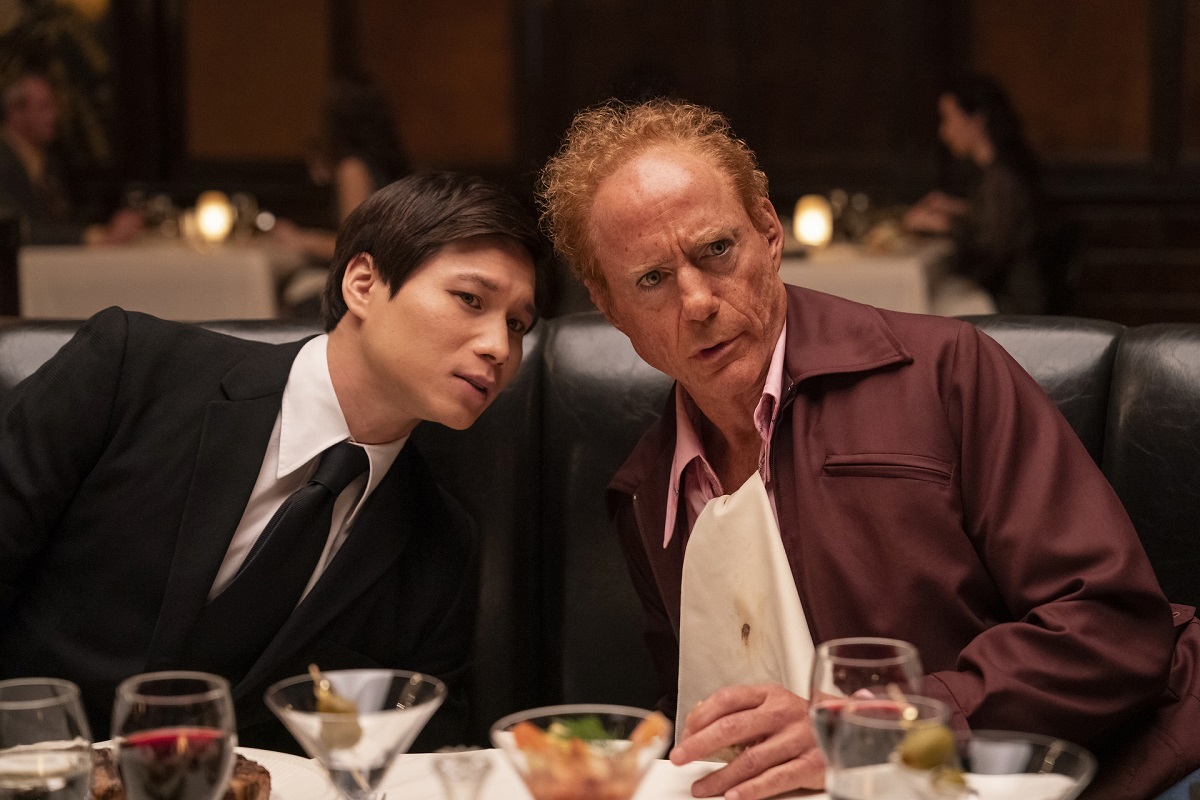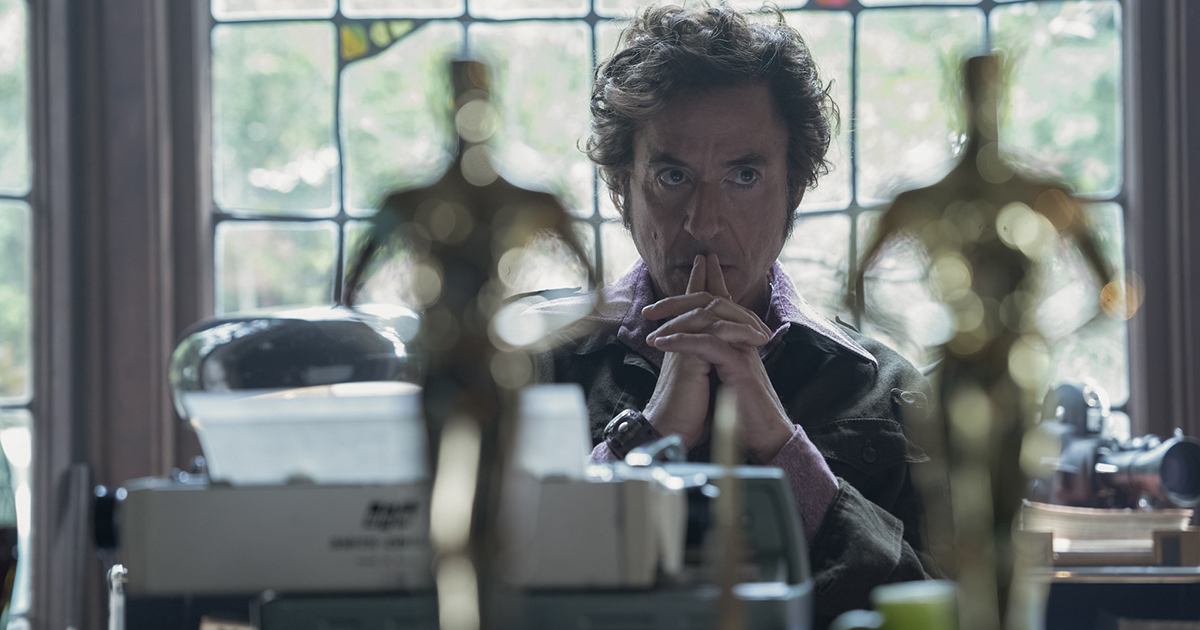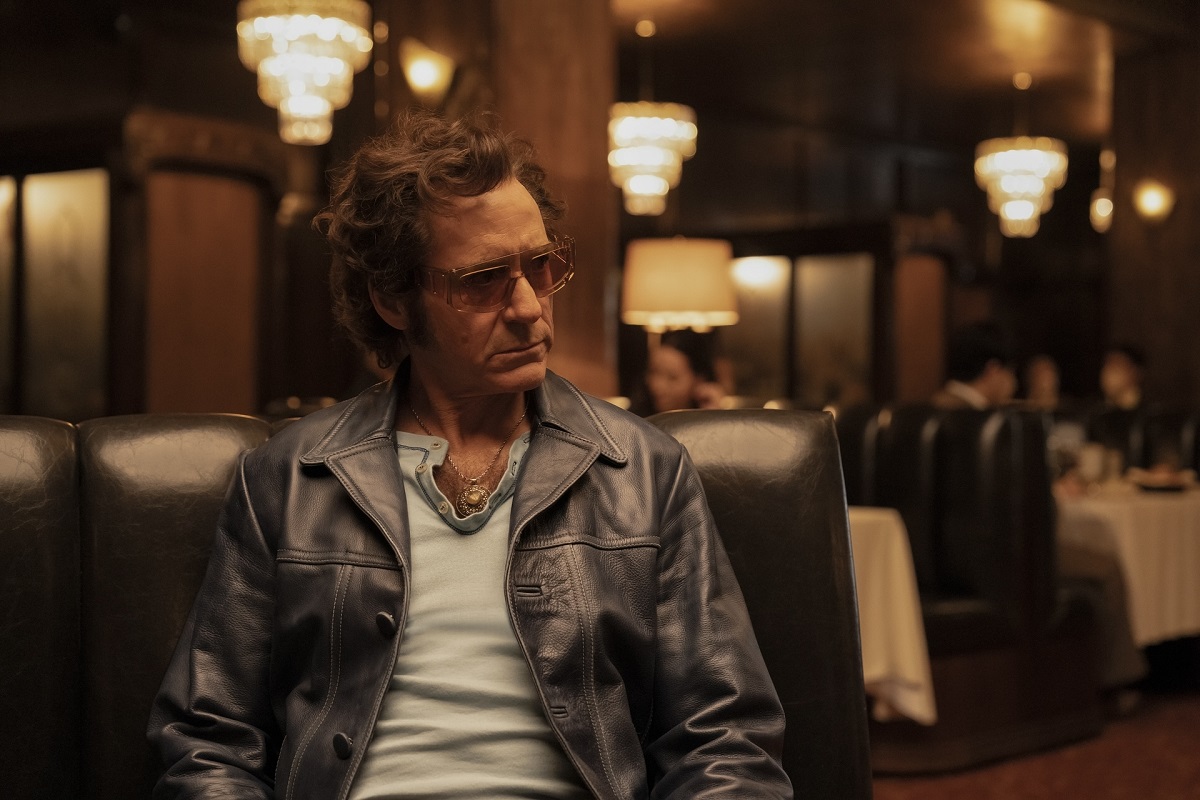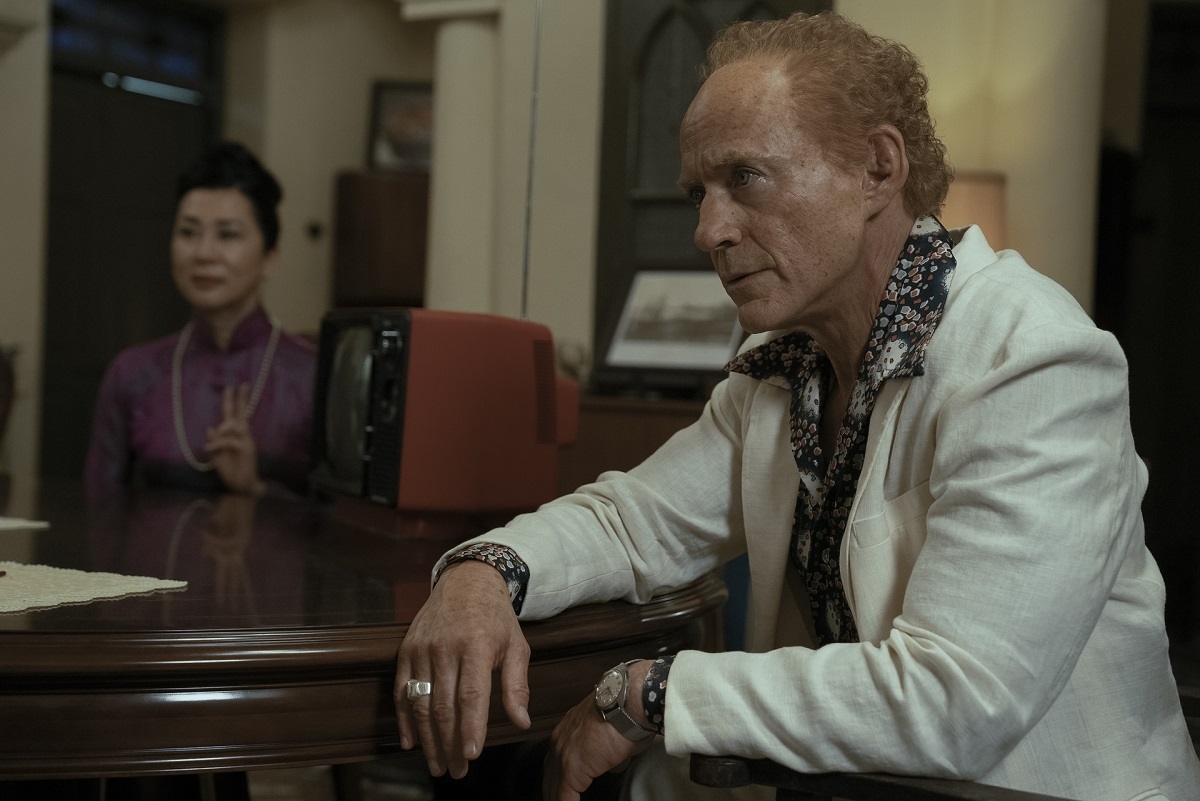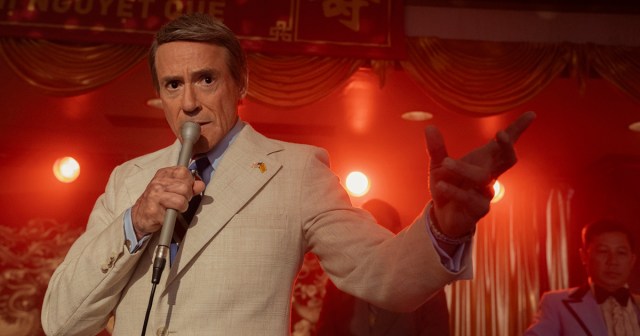
“All wars are fought twice. The first time on the battlefield the second time in memory.”
So states a title card at the opening of HBO miniseries “The Sympathizer,” a show in which much of what we see is somewhat askew.
This should not be surprising since the story is based on the novel by Viet Thanh Nguyen, which is told from the POV of a Vietnamese double agent —working for US client state South Vietnam to gather intelligence to report to the Communist North.
As the story begins, the character, referred to as the Captain (Hoa Xuande), plans to remain in Vietnam after the fall of Saigon but is instead told by his beloved Communist party that as a bi-racial, bi-lingual man, who’d previously studied in the US, he’d be of more value continuing his spying efforts in the America for the victorious Vietnamese Communist government.
The seven-part series, created by renowned Korean filmmaker Park Chan-wook (Decision to Leave) and actor/filmmaker Don McKellar (Through a Black Spruce), recounts events as remembered by the Captain — someone who’s endured so much indoctrination and counter-indoctrination and seen so much horror in the name of conflicting ideologies, that he cannot be expected to be a reliable narrator. Directors Fernando Meirelles (The Two Popes) and Marc Munden (The Secret Garden) handled the final episodes, which haven’t yet run.
An early clue that the show is presenting events through this unique prism comes when we see early on in Episode One that a number of different American characters are all portrayed by Robert Downey, Jr. (who also served as an executive producer on the series). This is how the Captain perceives these Americans. What we’re seeing is in no way pretending to represent objective reality.
Such disconcerting choices permeate the entire series, from the cinematography by frequent Park collaborator Kim Ji-young (Barry Ackroyd of The Big Short and Bombshell finished out the season) to the casting, production design and the color grade, which was completed at Company 3 New York by Senior Colorist Matt Osborne, overseen by Senior Colorist Tom Poole.
Prior to shooting, Poole, Park and Kim set an initial look in a show LUT designed to bring the ARRI Alexa35-shot imagery into the type of palette called for by their vision — something neither super modern nor nostalgic, and, says Osborne, “absolutely not anything that could be called a ‘trendy new look!'”
As principal photography commenced, Company 3’s dailies department applied the LUT with the usual tweaks to create the dailies for picture editorial to work on.
As portions of the edited project started coming into Company 3, Poole collaborated early on to help fine-tune the series’ look before turning it over to Osborne, who subsequently spent quite a lot of time with Park and Kim evolving every shot within DaVinci Resolve until it reflected the specific, somewhat uncomfortable feeling the filmmakers were after.
A fan of Park’s work, and one who has thoroughly enjoyed quite a lot of Korean cinema over the past decade, Osborne was delighted to have the opportunity to work on this series. Of Park and Kim, the colorist observes, “They are so very focused and extremely color driven.
“We did quite a lot of manipulation of the images, making them feel vintage and retro using a number of techniques within Resolve and pushing certain colors in directions that aren’t associated with modern filmmaking.”
Cinematographers have raved about the new ARRI Alexa 35’s handling of highlight information and Osborne has plenty of praise for its sensor, too. “Things like sky detail and other highlights that might just [clip] on other cameras,” he says, “we had the ability to bring it all back if we wanted, which is definitely useful as we fine-tuned everything.”
That said, the filmmakers wanted to get away from any clean, digital modern look as much as possible, so Osborne worked with tools within his color corrector to “distress” the images, using film grain plug-ins in various strengths, techniques of blurring and then sharpening the image to make it feel “rough” and halation in the highlights to bring out a filmic feel.
The palette itself, Osborne recounts, was the result of quite a lot of subtle iterations to get it to where all collaborators felt it evoked the Captain’s internal conflict.
“When the Captain’s in his office,” Osborne notes, “there are greenish lights illuminating everything.” Rather than pulling back on this uncorrected fluorescent look, Osborne explains, “we emphasized the green tones, turning them into this uneasy kind of color that felt a little bit sickly.”
(This intention clearly landed: As writer Jia Tolentino says in her New Yorker profile of Park describing a key scene in the first episode: “A bus, glowing with nauseous light, races toward the plane, carrying evacuees, who then sprint across a runway seen from above.”)
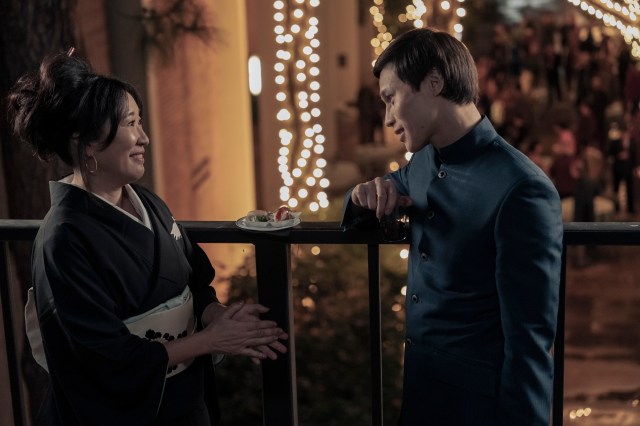
Kim didn’t want skies to be typical blue or skin tones to always be natural. “He wanted everything to be a little bit off center,” Osborne notes. “I think to make the audience feel a little bit more uncomfortable.”
Portions going even further back in the Captain’s life received a different treatment altogether. “For scenes of his childhood,” the colorist explains, “we would feed these more bluey/purply tones in there in a stylistic way.” As the grade evolved, they came up with the idea for certain shots if there was a lot of green in the image, they might counterbalance it with [opposite on the color wheel] magenta in the shadows.”
The first episode shows the fall of Saigon and leads into the next part of the Captain’s adventure after he arrives in California with family members. Regarding color grading scenes of California, Osborne says, “typically you go bright, warm and sunny. Instead, we brought out cooler shadows, making the overall style a bit darker. It’s not your typical kind of Californian look. America for these characters is a very strange world — it’s a little bit alien for them and we wanted to reflect that in the grade.”
Further, Osborne played into what he sees as a bit of a film noir element common to much Park’s work and Kim’s cinematography. “I think there’s a very emotional aspect to the way that he portrays his characters as flawed,” he suggests.
“There’s a deep and mysterious aspect to certain characters. We did do a lot with the Captain’s face where it would be somewhat obstructed by shadow, and we would enhance that even more. It helped subtly bring out this idea that the character is two-faced in a way.
“The more I worked on the show, the more I understood,” Osborne adds. “The Captain is narrating the whole thing as a confession and what we’re seeing is his interpretation of the confession. There are obviously some things he’s hiding in the confession and some things that he’s forgotten.”
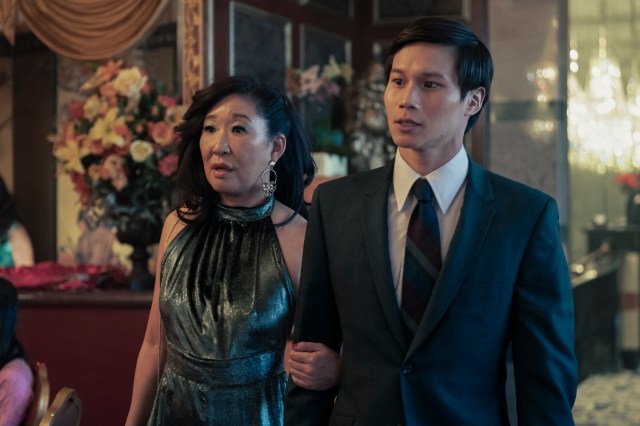
Many critics have suggested that The Sympathizer succeeds in bringing all the elements together to achieve something truly special. Critic Nandini Balial of RogerEbert.com penned a review stating Park’s direction in the episodes he helmed, are “among his finest work. It isn’t just that his fluid direction makes the episodes feel like one long, gliding film rather than episodic television. It’s that he forges an extraordinary relationship with the material that creates a luminous visual texture; the viewer can practically feel the sweat of Saigon emanating from the screen, the viscosity of rich red blood blasting out of a skull, the lissome slipperiness of pho noodles slurping into happy mouths.”
“Everything I’ve seen [Park] do has this kind of intensity,” says Osborne, “a dark twist on reality with complex themes and characters.” Adds the colorist of an impressive list of major, award-winning commercials, “This is definitely one of the most creative long form pieces I’ve had the opportunity to grade.”

Why subscribe to The Angle?
Exclusive Insights: Get editorial roundups of the cutting-edge content that matters most.
Behind-the-Scenes Access: Peek behind the curtain with in-depth Q&As featuring industry experts and thought leaders.
Unparalleled Access: NAB Amplify is your digital hub for technology, trends, and insights unavailable anywhere else.
Join a community of professionals who are as passionate about the future of film, television, and digital storytelling as you are. Subscribe to The Angle today!


